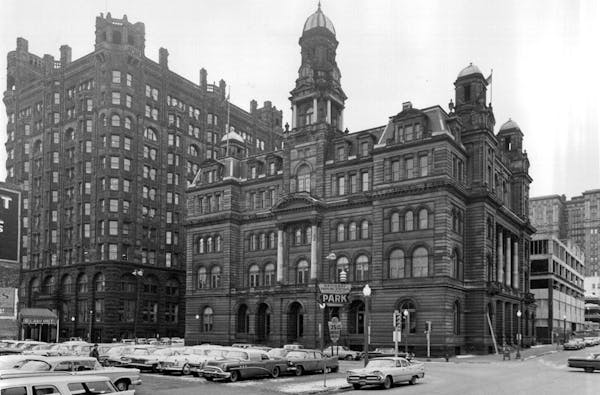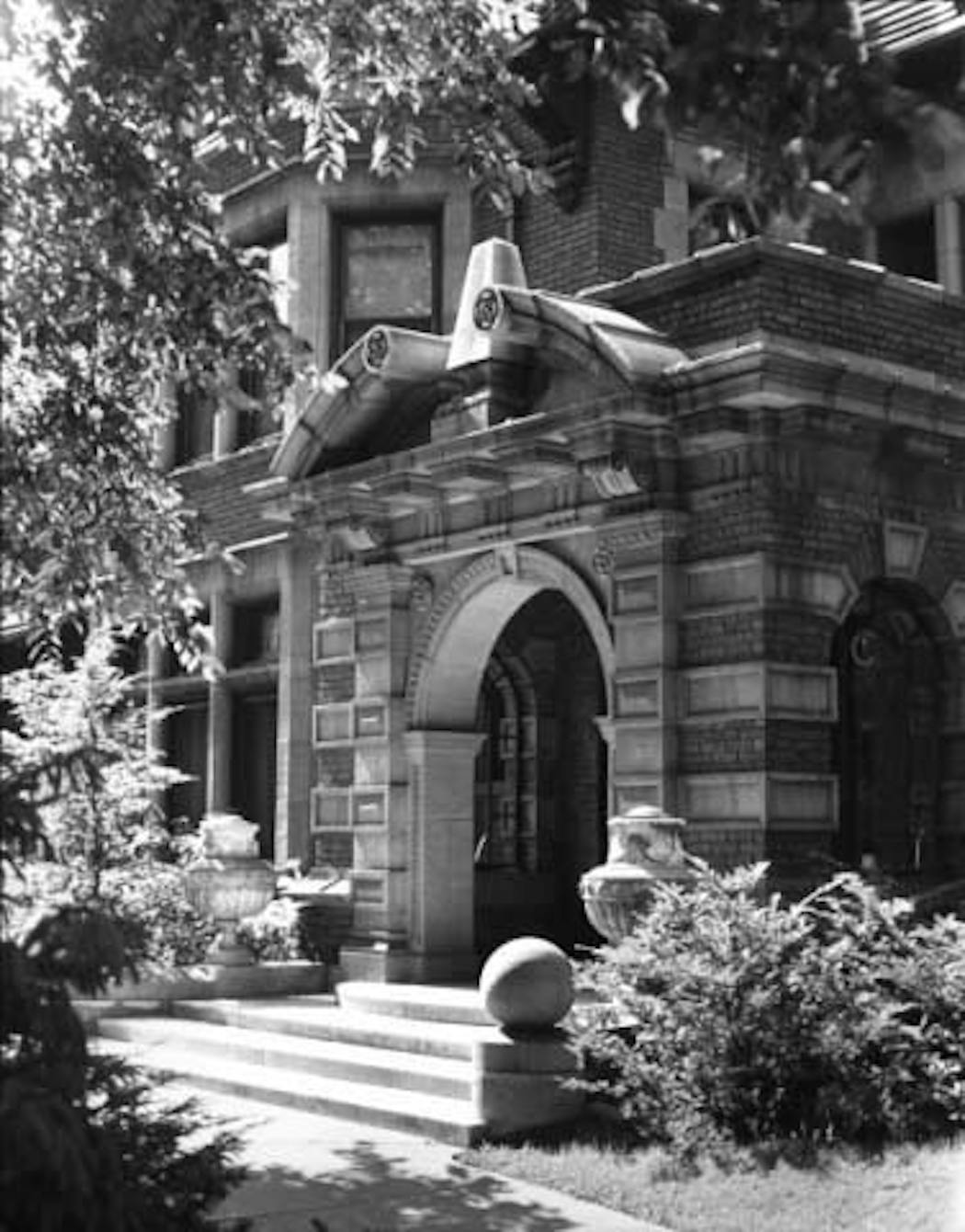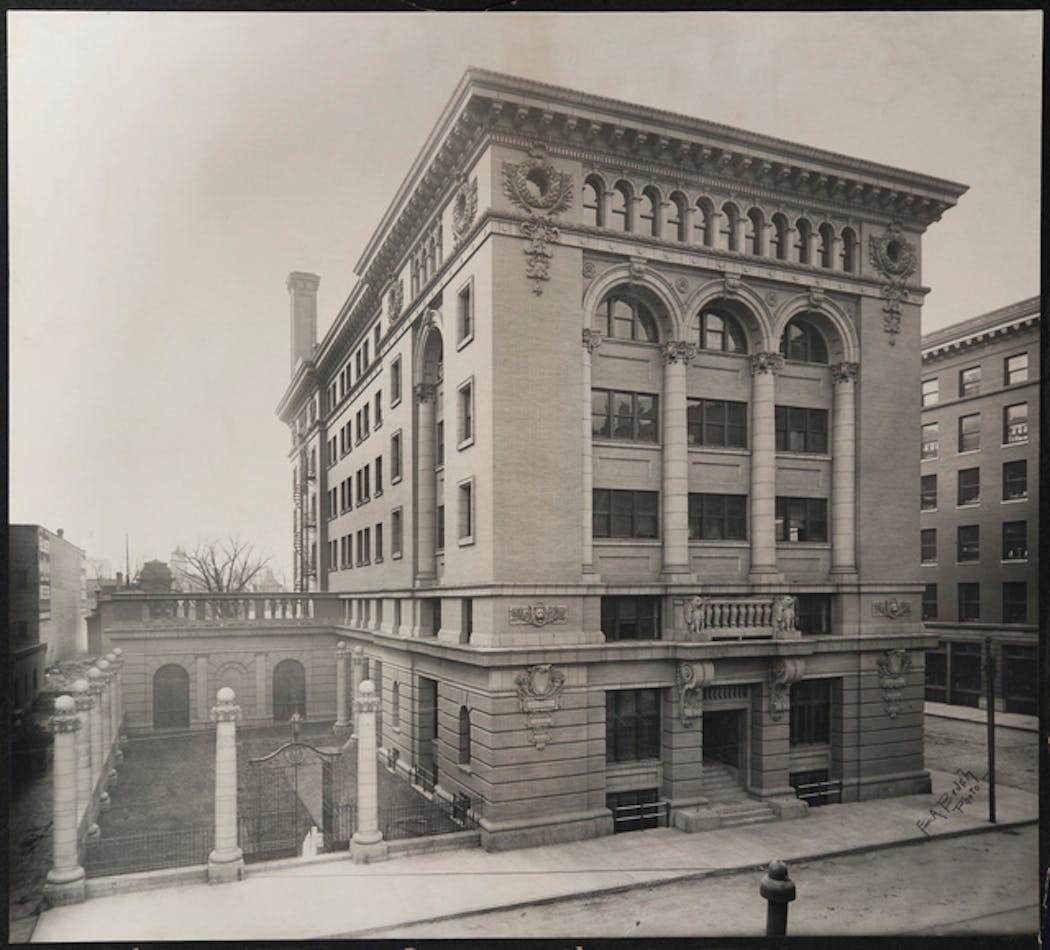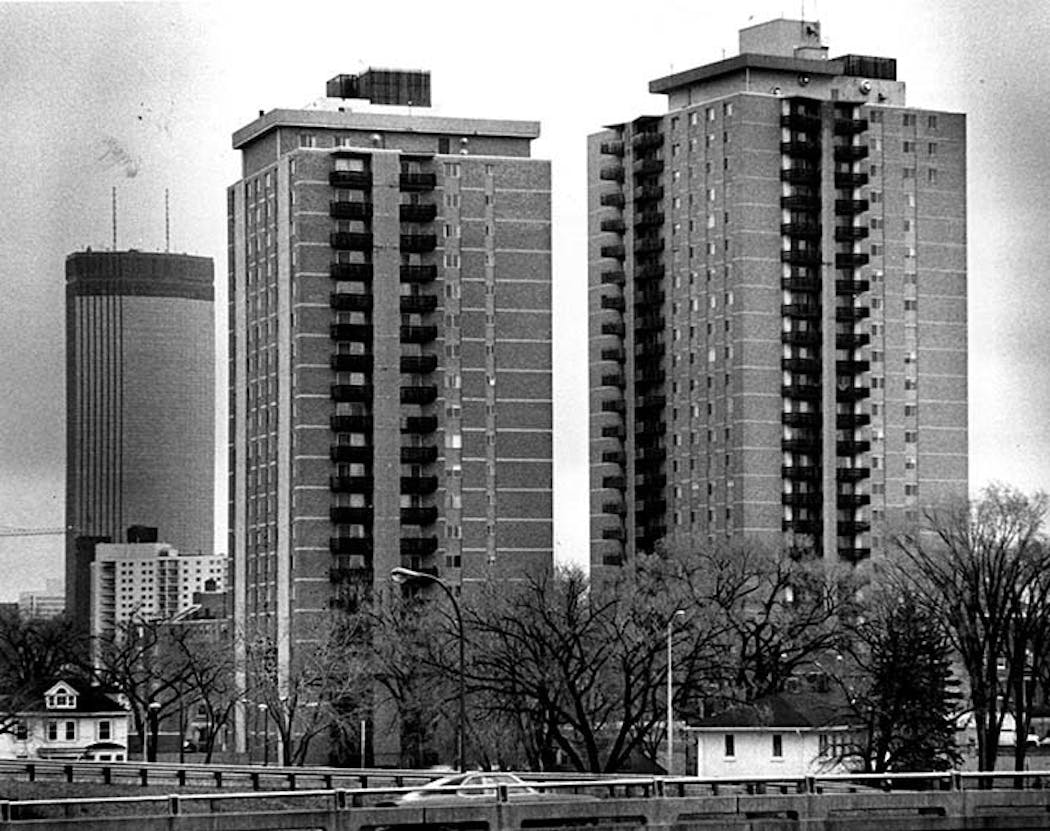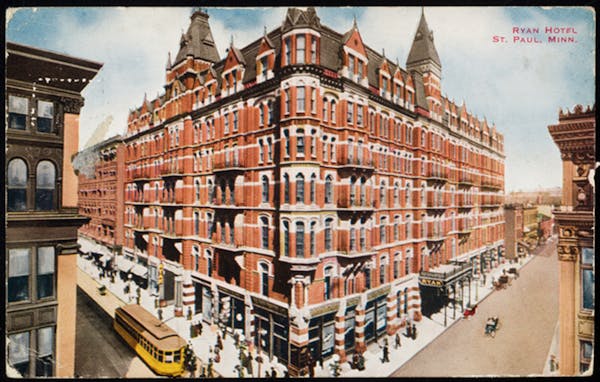The two 20-plus-story buildings that form Summit House Condominiums at 400 and 410 Groveland Av. in Minneapolis are highly visible landmarks in the neighborhood just south of Loring Park.
But before Summit House appeared in the late 1960s, the site was occupied by a superb mansion built, like so many others in Minneapolis, by a man who turned flour into gold.
His name was Frederic W. Clifford, and he co-founded the Cream of Wheat Co., which turned what was once considered a flour-milling byproduct, the so-called "middlings," into the nation's best-selling hot breakfast cereal. Initially based in Fargo, the company moved to Minneapolis in the mid 1890s and manufactured its cereal in the city for more than 100 years.
Clifford's mansion, at 325 Clifton Av., was designed by one of the city's premier architects, Harry Wild Jones, and completed in 1905. Later, Jones designed several other palatial homes for Cream of Wheat executives on Lake of the Isles, all of which still stand. But Clifford's lost mansion was perhaps the finest of the lot.
Built at a reputed cost of $750,000 — a fortune at the time — it was a long, high-gabled Tudor Revival affair in stone, brick, stucco and half-timbering that posed on magnificent grounds extending a full block south to Groveland Aveue.
Jones, whose best known works include the mighty Butler Square Building in downtown Minneapolis (1908) and the Lakewood Cemetery Memorial Chapel (1910), usually managed to animate even the most clichéd historic styles, and Clifford's mansion was no exception.
Big Tudor Revival houses were a dime a dozen in the early decades of the 20th century and many were by the book, their designers content to dress them up with a well-worn set of architectural gestures. Jones, however, always seemed to have a novel trick or two up his sleeve.
The Clifford mansion's most distinctive touch was a two-story semicircular rear projection, resembling a round tower, that was open at the base to create an inset porch. Past the porch, a grand terrace provided a view across the mansion's expansive lawn.
Within, the mansion featured much gorgeous woodwork along with a series of grand, south-facing rooms, among them a great hall warmed by a fireplace of baronial proportions.
The mansion's grounds, which included a formal garden, were equally impressive. Elegant walls, including one of richly patterned cast stone along Clifton Avenue, surrounded the property. Few, if any, other estates in the history of the city were as beautifully designed down to the last detail.
A designed factory
Clifford's selection of Jones as his architect was no surprise. The two men had a history going back to at least 1903, when the Cream of Wheat Co., under Clifford's direction, staged a design competition for a new factory in Minneapolis.
The City Beautiful movement, inspired by the gorgeous array of classically themed buildings at the 1893 Chicago World's Fair, was very much in vogue at the time. And Clifford believed even a mundane industrial building could serve as a statement of the movement's ideals.
Ten local architects submitted designs for the new factory and Jones was declared the winner. His classical Revival-style factory was built a year later at 27 N. 5th St. (at 1st Avenue N.), and it was unlike anything Minneapolis had seen before.
Liberally ornamented with terra-cotta, the six-story brick and stone factory, constructed around a heavy steel frame, could easily have passed as an office building or upscale private clubhouse. Its amenities included a lovely side garden, bordered by freestanding Corinthian columns, that was open to employees.
Clifford's interest in good design continued throughout his life. He was a prominent member of the civic commission that produced the Plan of Minneapolis, published in 1917, a fascinating, if impractical, document that laid out a classically inspired dream for the city.
The city as envisioned by Clifford and others never materialized, nor did his marvelous factory building enjoy a long life. Cream of Wheat outgrew the building within 20 years and decided to construct a much larger plant in Northeast Minneapolis (that building, completed in 1928, is now the CW Lofts on Stinson Boulevard).
After the company vacated the 5th Street factory, it became a parking garage before being demolished in 1939. The site is now a parking lot.
Clifford remained active in civic affairs as he and his wife, Grace, and their five children lived out their lives on Clifton Avenue. Theirs was the only family ever to occupy the mansion; Frederic lived there until his death in 1947.
After he died, the Osborne-McMillan Elevator Co. acquired the mansion for use as its corporate headquarters. The company remained in the mansion until the 1960s, when it was sold to the developer who built the Summit House towers.
The mansion came down in 1968, seven years after food giant Nabisco bought out the company Clifford had helped to found (B & G Foods is the current owner). The cereal, however, continued to be made in Minneapolis until 2002, when production was moved elsewhere.
Several other large homes near the Clifford mansion fell to the wrecker in the 1960s when Interstate I-94 was built through the neighborhood, which today is dominated by apartment buildings. But a dozen or so late 19th- and early 20th-century mansions still stand along Oak Grove Street and Clifton and Groveland avenues, reminders of a lost age of grandeur along the flanks of Lowry Hill.
Larry Millett is an architecture critic and author of 14 nonfiction books and eight mystery novels. He can be reached at larrymillett.com.
John Adams' Nativity oratorio 'El Nino' gets colorful staging at the Met
Taylor Swift's 'The Tortured Poets Department' is here. Is it poetry? This is what experts say
Finding an apartment may be easier for California pet owners under new legislation
4/20 grew from humble roots to marijuana's high holiday

